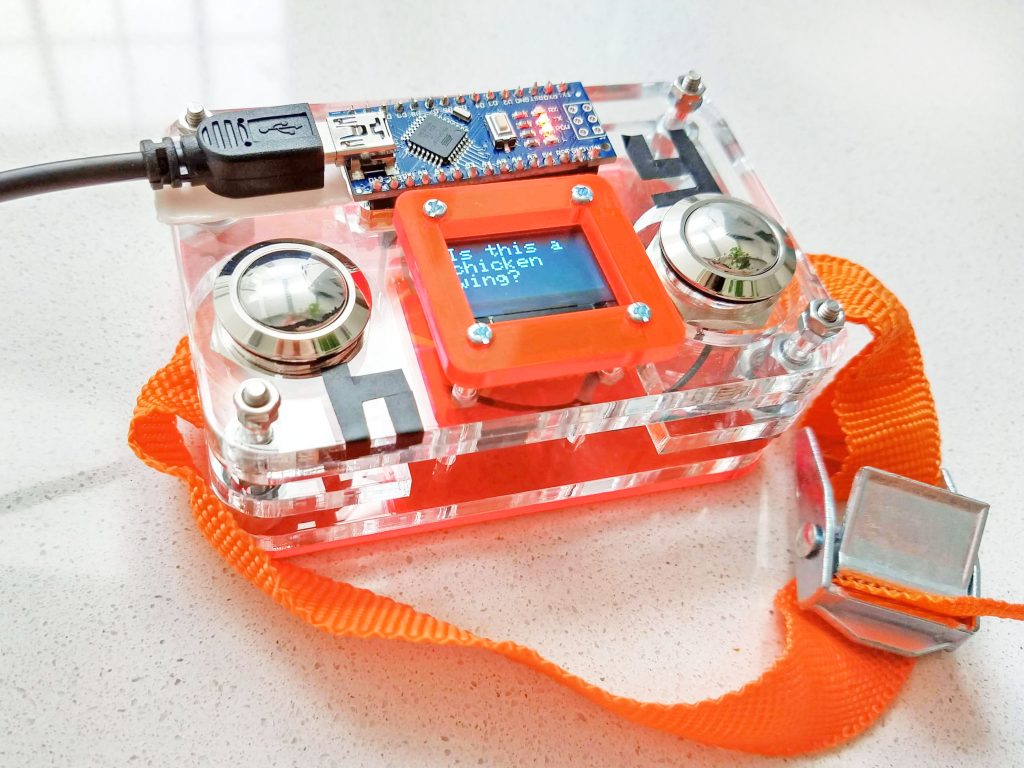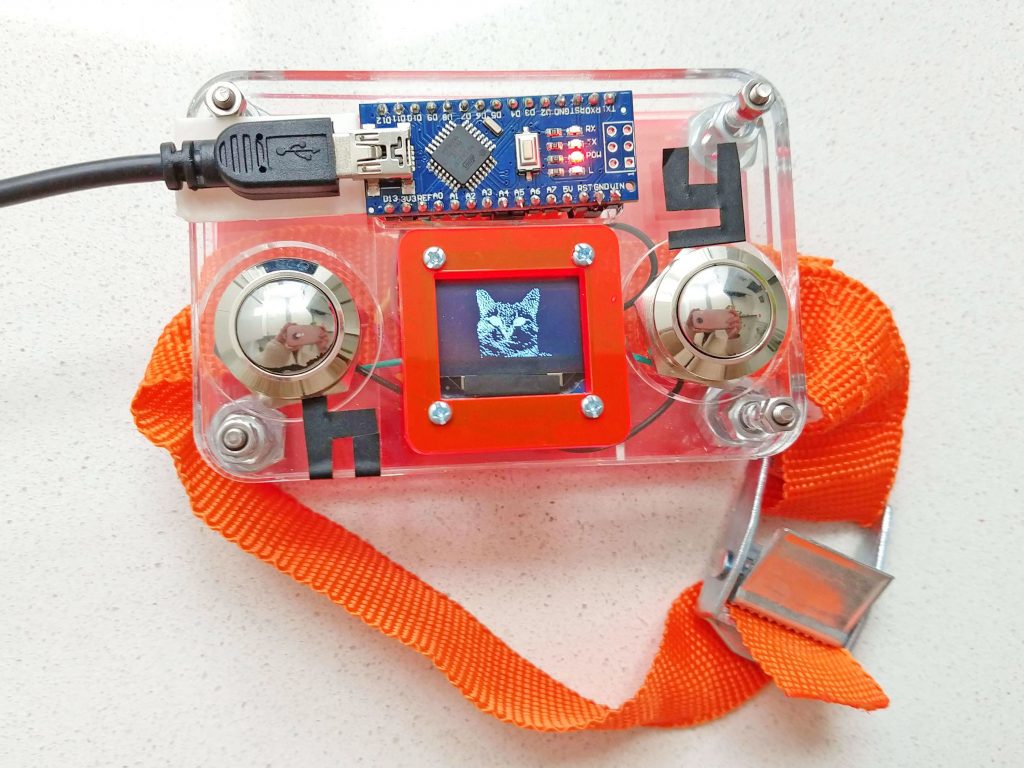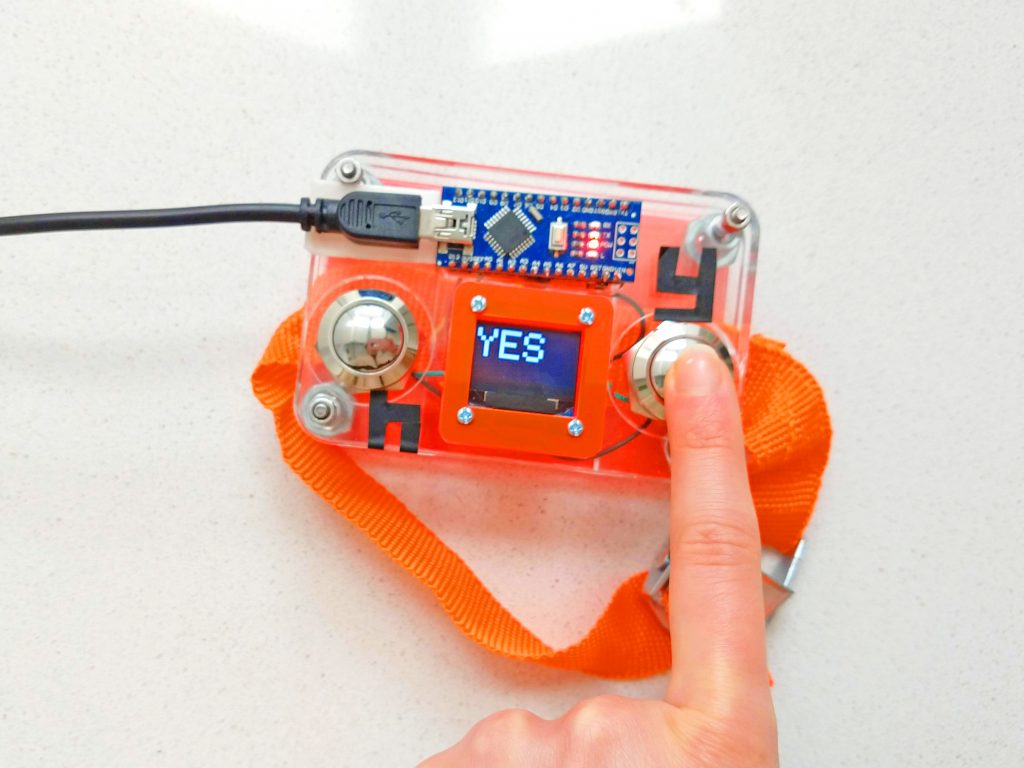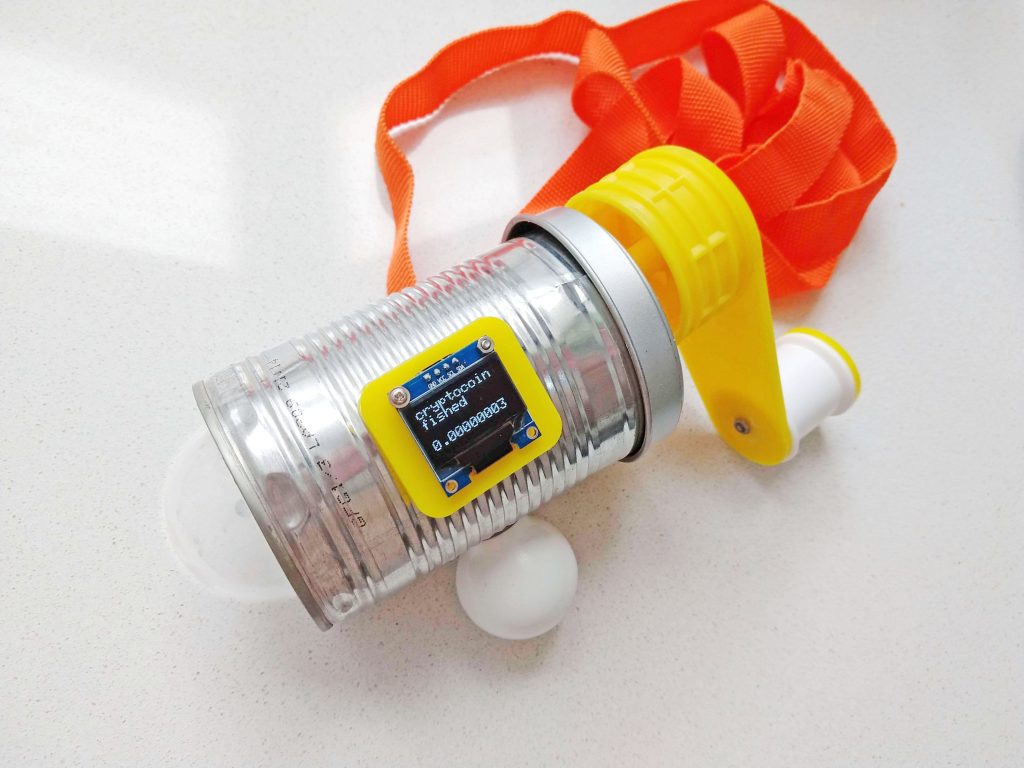Speculative technologies for future labour
It’s year 2119.
Due to advancements in robotics and artificial intelligence in the first half of the 21st century, most jobs have been automatised, and no longer require human labour. Universal basic income was globally introduced to provide an adequate level of welfare, and most labour now consists of human-intelligence microtasks carried out in the digital gift economy.
This microlabour entails jobs that humans still perform better than machines, such as specialised knowledge work, creative production and social relations. Voluntary online tasks, for instance creating blog content, writing reviews, moderating threads, coding snippets and updating databanks are exchanged with other microtasks in the digital marketplace. Human intelligence is also needed to train and manage the ubiquitous AIs and machine learning algorithms, with tasks such as creating datasets, testing for bias, and verifying results.
Because of the granular nature of microlabour, the total number of working hours is only 5-20 per week, but various short-lived microtasks are carried out constantly at all times. There is no separation between work and leisure, since microlabour is seen as a self-fulfilling hobby, or at least a mundane pastime. Most microtasks are inherently digital and carried out online, so there is no need for an office or a workspace. However, communal houses are small and overcrowded, so microlabour is usually performed on the move, and microlabour devices, the so called “taskers”, are made small and wearable.
Furthermore, rampant global warming has spiralled the world into a wide-spread energy crisis and a shortage of raw materials. Due to the depletion of mineral resources (Peak Gold, the exhumation of the last gold reserve on the planet, was reached in 2033), all electronics production is highly regulated and its raw materials thoroughly recycled. The exhaustion of the mineral indium in 2021 has made LCD screens unsustainably expensive. Therefore, the often crude and small-screened taskers are primarily intended for carrying out a single specific type of micro task.
In the widely adopted market socialist system, publicly owned corporations and co-operatives partake in the microlabour economy among individuals and small enterprises, exchanging tasks with goods, services or micropayments. Historical cryptocurrencies are still in moderate use, but cryptomining with non-renewable energy has been made illegal. Due to draughts and pollution induced by climate change, solar or water powered energy is hard to attain. So called “cryptofishing” — mining cryptocurrency with manually generated energy — has emerged as a popular pastime.
Image Dataset Microtasker
Despite the ubiquity of AIs and machine learning, human intelligence is still required to train and manage various algorithms. A typical low-level micro task entails annotating and categorising images for training sets. This type of microlabour is usually performed during idle moments while waiting for transport or sitting on the toilet. Suits also young children!



CryptoCrank
Due to the global environmental crisis, mining cryptocurrencies with non-renewable energy has been made illegal. So called “cryptofishing” — mining cryptocurrency with manually generated energy — has emerged as a popular pastime. This tedious but meditative hobby seldom yields considerable material results, much like its historical predecessor.
